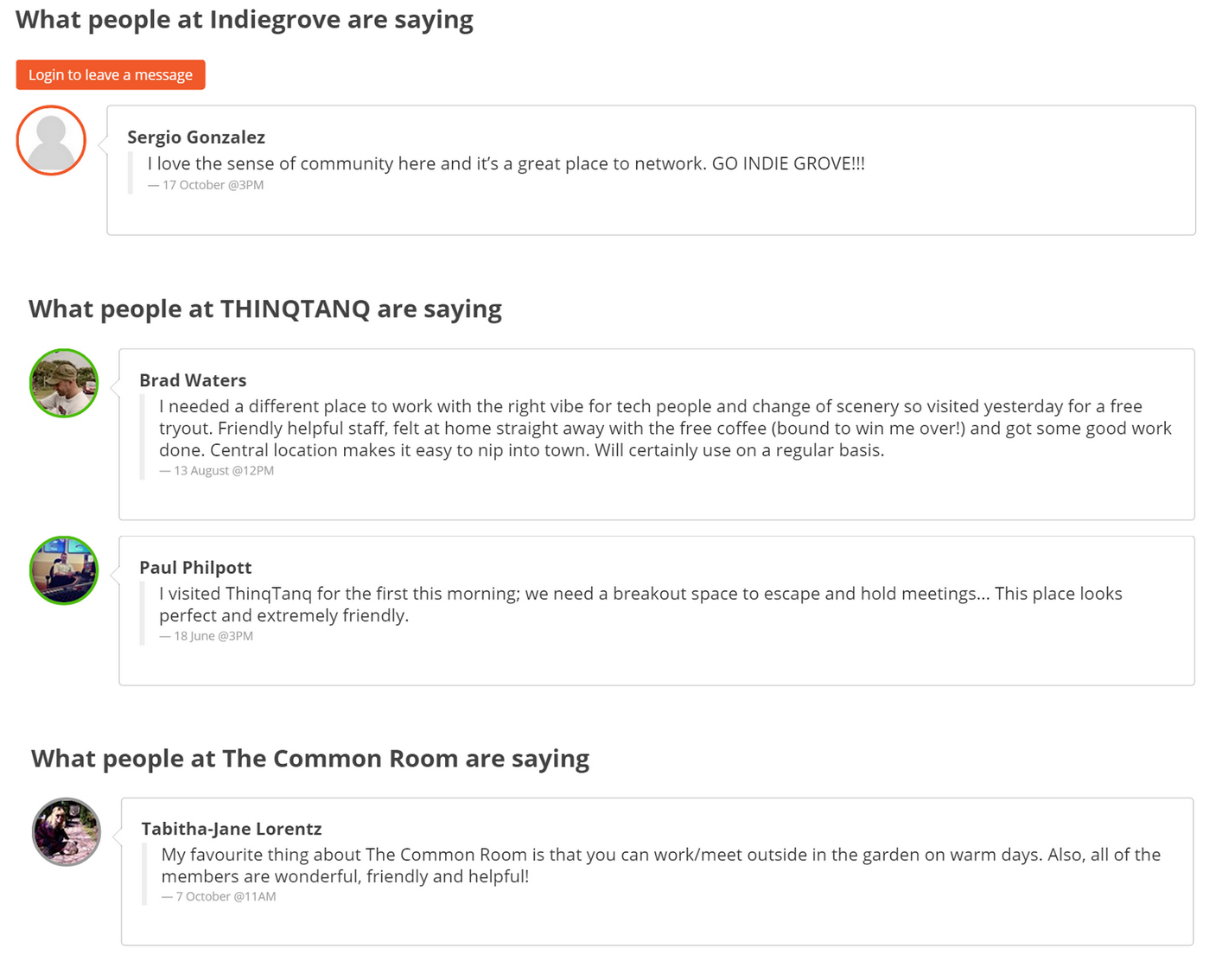Growth hacking and coworking spaces
The term "growth hacker" was first used in 2010 by Sean Ellis to describe a professional whose main objective is to make a given product or service grow. Andrew Chen popularised the term in his article Growth Hacker is the new VP Marketing, where he explains the case of Airbnb. For Chen, a growth hacker is a hybrid of a marketing professional and a programmer. In 2013, Sean Ellis created the GrowthHackers community where members share knowledge, techniques and experience.
Examples of growth hacking are usually related to startups that experience exponential growth, obtaining millions of users, such as the cases of Facebook, Airbnb, Snapchat, Pinterest and Instagram. Although there may be big differences between their models, many of their techniques can be applied to the growth of any business and can help answer the question "how do I get consumers for my product?"
It's all about being creative, looking for new techniques, trying again and improving processes, while keeping costs down.
- Product/market fit. “Make something people want” (P. Graham) In this sense, it's important to be aware of local conditions, understand the existing demand, and if there isn't one, try to create it. Studying factors such as location, size, professional profiles in the city, etc. is important so your project can take shape.
- Early adopters. Getting someone who doesn't know your product or service to trust it is a challenge. You have to put out a red carpet for the first users and pull out all the stops to make sure they have a positive experience, which in turn boosts word of mouth. One of the most important words of advice would be to start building a community long before opening your doors.
- Fake users. We're not saying to make cardboard cutouts of coworkers, but it's not going to help promote the space if there aren't any people in photos of events or the space is empty when you show it to potential coworkers. If this is the case, invite friends, family, neighbours, even enemies to use in the space as you're starting out.
- Let them love you. Apart from having a good product, one of the tools that helped Slack grow has been its eye for detail. An example of such is its “Customer Wall of Love” where it invites users to leave feedback. Making coworker feedback visible in your coworking space can really help attract new members. You could have a "wall of love" on your website or even on one of the walls in your coworking space. Or why not invite your coworkers to share their experience on your blog? Another great example is how Nextspace creatively shared the love this Valentine's Day.

Related stories
Connection, Belonging, Identity: Why Branding Matters When You’re Building Your Community
Guided by industry insights, we navigate the intricate landscape of branding, probing fundamental questions posed by thought leaders like Cat Johnson. Beyond logos and colour schemes, we uncover the essence of brand identity.
Elevating mixed-use spaces: The crucial role of hospitality and technology in community management
As mixed-use developments continue to grow in popularity, merging visitors with locals through a high level of hospitality, and community, in whatever way the space functions, is of prime importance.
The hottest coworking mainstays for 2024
In our latest blog, we dissect the pivotal coworking trends for 2024, from the rise of independent coworking spaces to the integration of advanced technology, illustrating how these developments are reshaping the landscape of flexible workspaces and highlighting Nexudus' role in this dynamic evolution.
Where coworking software started & where it’s heading
In our blog, we explore the transformative journey of coworking software from its initial conception to today's advanced systems, highlighting Nexudus' role in driving this evolution and shaping the future of flexible workspaces.
The dynamic impact of membership plans and pricing.
Our latest blog offers a deep dive into the nuances of membership plans, featuring insights from coworking expert Marc Navarro. Learn from real-life examples and expert advice to master the delicate balance of pricing.
Opening doors to an inclusive workspace: How coworking spaces champion accessibility.
In a world where diversity and inclusion are not just ideals but necessities, our new blog delves deep into the essence of creating accessible workspaces for everyone.
The glorious renaissance of community-led coworking
Join us in exploring how the coworking movement transcends beyond just providing desks and chairs- it's a catalyst for community and collaboration.
2024 is the year coworking will eclipse the traditional office. Here’s how.
Read our blog for an insightful exploration into a pivotal moment in coworking history to find out more about the tipping point, a concept introduced nearly 24 years ago is now defining the coworking industry's future, set to reach its peak in 2024.
3 Things People Want From Their Workplace Experience
According to Appspace’s 2023 Workplace Experience Trends & Insights Report, 93% of people who work in an office think their organisation could do more to improve the workplace experience. To craft a truly exceptional workplace experience, it’s useful to know what people are actually looking for in an office environment – which, of course, can change over time. So, we decided to do a little digging.
Overturning a Man’s World: How Coworking Supports Women - Part 2
In this follow-up to the recent blog post, Overturning a Man’s World, we continue an exploration of how coworking supports women.

